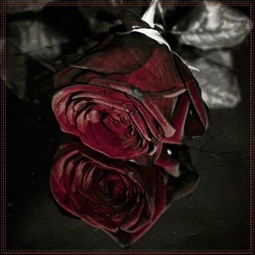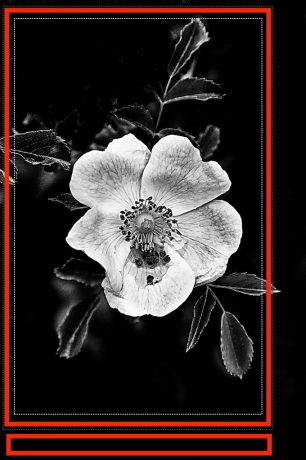Dear Ms. L-
Just one thing. Okay, just one thing amongst many things…
JS Bach came from Northern Germany and so was Lutheran. They occupied the old Catholic churches and so retained something of the Catholic haunt. My understanding is that Luther’s rejection of Papal authority set the stage for the modern hyper-individualist farce of “doin’ your own thing.”
With each man interpreting the Bible directly for himself, pious Protestantism led to crass individualism. It was only a matter of time.
This is just a sketch. I’ve tried, in quick strokes, to capture the character and outline of something. The Face of History!
Have fun at PAFA today.
JJ
ps
I saw “The Mill and the Cross” yesterday. A film by Lech Majewski. It’s a creative and historical investigation into the making of Pieter Bruegal’s painting, “The Way to Cavalry.”
I’ve been told that William Burroughs kept a reproduction of Bosch’s “Garden of Earthly Delights” above his desk. I’ve been tempted to copy Burroughs‘ example. But I could just as craftily paste my walls with any Breugal’s masterpiece. All his paintings have similar folkish flavors, soiled purity and metaphysical throw-weight.
In any case, “The Mill and the Cross” was a meta-artfilm. An artfilm about making art. On that level it was excellent. One gets a sense of the artist at ground-zero. Which was, in Pieter Bruegal’s time and place, the Spanish occupation of the Netherlands. The viewer is led to see the calloused Spaniards as a metaphor for the Romans. The Romans in turn, are directed to be a metaphor for “oppressors” through all time. So it’s a fine liberal piece of work, with Judas as a touch-stone for treason amongst the natives. He sells-out for money.
If there is any reference to the Pharisees, I didn’t get it. There is some rhetorical dialogue, sure to flatter an artist’s ear, about rebelling against the old ways and standards. But it’s said in the abstract and is directed at the Spaniards/Romans who represent Imperial Macho Government. More pat liberalism. When I make my movie about The Way to Cavalry, I’ll include the inter-tribal rift amongst Hebrews under Roman rule. And I’ll do it in a way that doesn’t point my finger at Jews as Christ-killers. Rather, I’ll do it in a way that boomerangs schism, indictment and crucifixion back at my own pastey race of gentiles. This is easy to outline. I’ll match Euro-Americans doing business with Big Brother and the Corporate State against Euro-American’s who’re communing underground. I’ll match the doctrinaire, larded and “learned” against the instinctive. Finally, I’ll match the city-mice against the country-mice. This gives me lots of internal woe to antagonize, and it thrills me.
Majewski knows Art. He is as fine a poet as he is a technician. For instance, through dialogue he explains why the personage of Jesus Christ is omitted from the center of Bruegel’s painting. As God he is The Great Unspoken. The eternal vortex from which all form and content flow as temporal phenomena destined for death. Furthermore, as if explaining the latent beginnings of abstract-art, Majewski shows how symbols embedded in Bruegal’s paintscape have Jesus as the Prime Referent. The symbols are sign-posts. Intermediaries. Translators. They are relays between the supernatural and natural, the ideal and the vulgar, the heavenly and earthly realms. Freud said, “Sometimes a cigar is just a cigar.” But in Bruegal’s painting, a windmill that turns on the spirit of the wind, and grinds life’s harvest in its gears, could never be just a windmill. It is a sacred symbol in service to the field, really the Jesus Field, where God and Man share Being. So one can see an extended compatibility, underneath the surface, between Bruegal’s old fashioned narrative art for the illiterate, and today’s abstract art for an intellectual/spiritual elite. Provided, of course, that the arch-forms are aligned gracefully. Divinely. With a legible cosmic granduer.
I must say one more thing about Majewski’s rich tutoring. He shows how Bruegal’s painting is roundly mapped as a spider’s web with the “muted” Savior as the point-of-rest in his, and All of Creation’s, web. This web-business is as much an insider’s wink to modern existentialism as the general symbolism is a wink to modern art. All in all, the resonant poetry of the film and painting are very good. The cross. The wheel. The windmill on the mountaintop. The tree-of-life and the tree-of-death. The City of Light and the City of Darkness in the floodplain. They are all structured into Bruegal’s paintscape without the strain of an amatuer petitioning for his genius. I’m talking about a master’s mode. Relaxed. Sure. Supple even if acrimonious against the crucifiers and the sheepish rabble.
I learned as much as I needed to learn. Which means I learned a lot.
J.J.








